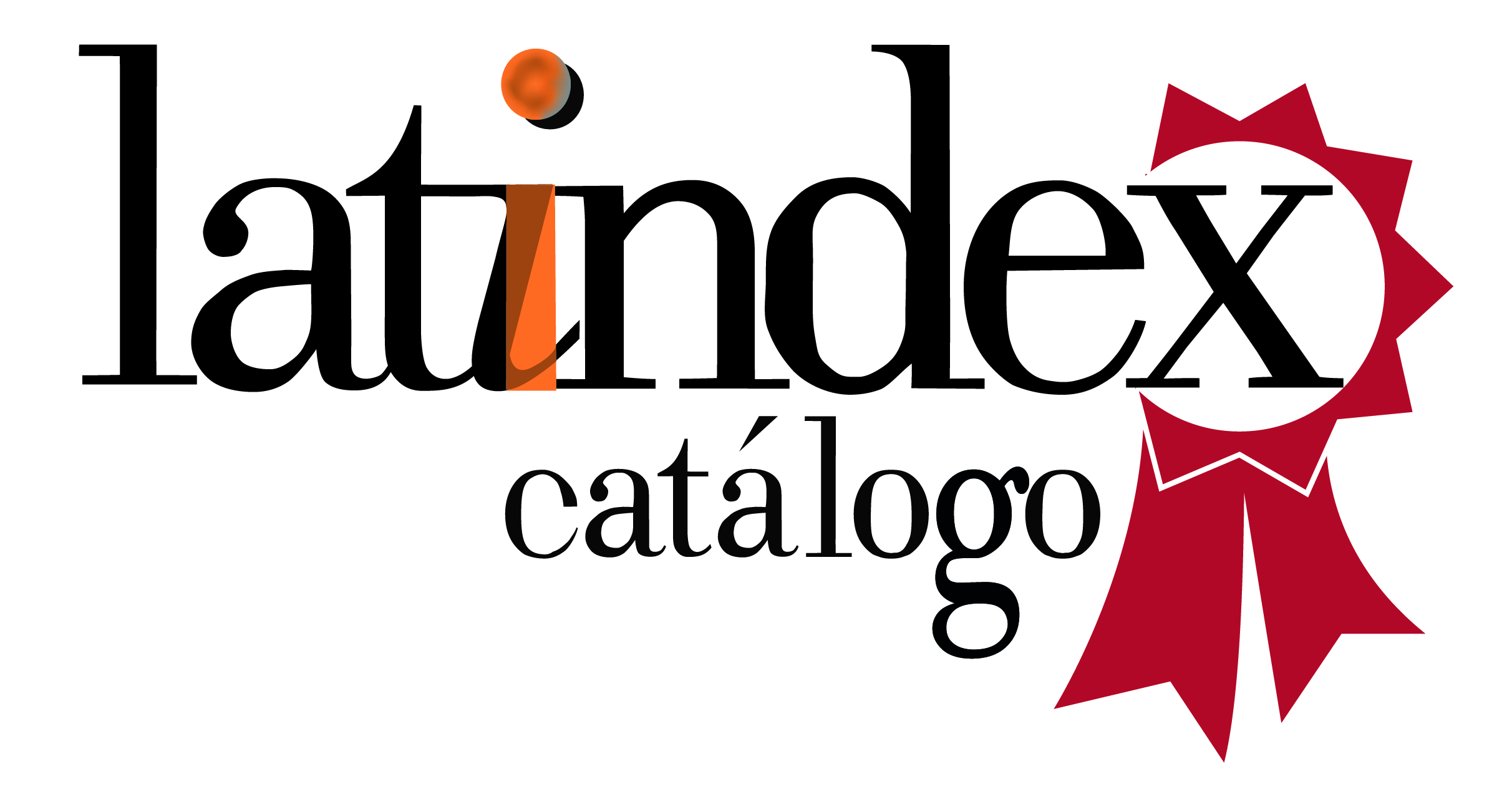The Spanish version of the Skin Picking Impact Scale (SPIS) and its Short form (SPIS-S)
DOI:
https://doi.org/10.52379/mcs.v5i2.199Keywords:
Excoriation disorder, validity, reliability, factor analysisAbstract
Introduction: The Skin Picking Impact Scale (SPIS) is a self-report rating scale that assess the psychosocial impact of excoriation disorder. In this study the SPIS was translated into Spanish and its reliability was measured. Similarly, its short version (SPIS-S) has been translated and tested. Methodology: The recruitment has been performed through a survey launched on social media. All subjects were older than18 years and self-reported being diagnosed with an excoriation disorder. 281 individuals were rated for the validation analysis. SPIS has been translated into Spanish and validated through an. Exploratory and confirmatory factorial analysis. Participants have been also scored with the Skin Picking Scale-Revised (SPS-R). Results: On factor at the exploratory factorial analysis has a raw eigenvalue greater than 1, with 65.5% of total variance. The confirmatory analysis confirmed that the scale is one-dimensional. Cronbach’s alpha also confirmed a good internal consistency (?=0.934 for the SPIS and ?=0.882 for the SPIS-S). Scores between the two scales (SPIS and the SPS-R) have shown a good convergence (r=0.592, p<0.0001). Conclusion: The Spanish version of SPIS and its short version show good psychometric properties and adequately reproduce the one-dimensional model of the original English version.
Downloads
References
Lochner C, Roos A, Stein DJ. Excoriation (skin-picking) disorder: a systematic review of treatment options. Neuropsychiatr Dis Treat .2017;13:1867–72. https://dx.doi.org/10.2147/NDT.S121138.
Martínez J, González C, Lermanda T. Fenomenología y diagnóstico diferencial de la dermatilomanía [Phenomenology and differential diagnosis of dermatilomania]. Rev Av .2007;8 (1):126–42.
Torales J, García O. Concepto y epidemiología del trastorno de excoriación [Concept and epidemiology of excoriation disorder]. In: Torales J, editor. El Trastor. Excoriación Excoriation Disord. 1st ed., Asunción: EFACIM; 2014, p. 41–52.
Bohne A, Wilhelm S, Keuthen NJ, Baer L, Jenike MA. Skin Picking in German Students: Prevalence, Phenomenology, and Associated Characteristics. Behav Modif .2002;26 (3):320–39. https://dx.doi.org/10.1177/0145445502026003002.
Wong JW, Nguyen TV, Koo JY. Primary Psychiatric Conditions: Dermatitis Artefacta, Trichotillomania and Neurotic Excoriations. Indian J Dermatol .2013;58 (1):44. https://dx.doi.org/10.4103/0019-5154.105287.
American Psychiatric Association. Diagnostic and Statistical Manual of Mental Disorders. 5th ed. Arlington VA: Amer Psychiatric Pub Incorporated; 2013.
Lochner C, Simeon D, Niehaus DJH, Stein DJ. Trichotillomania and skin-picking: A phenomenological comparison. Depress Anxiety .2002;15 (2):83–6. https://dx.doi.org/10.1002/da.10034.
Keuthen NJ, Deckersbach T, Wilhelm S, Hale E, Fraim C, Baer L, et al. Repetitive Skin-Picking in a Student Population and Comparison With a Sample of Self-Injurious Skin-Pickers. Psychosomatics .2000;41 (3):210–5. https://dx.doi.org/10.1176/appi.psy.41.3.210.
Keuthen N, Wilhelm S, Deckersbach T, Engelhard IM, Forker AE, Baer L, et al. The Skin Picking Scale. J Psychosom Res .2001;50 (6):337–41. https://dx.doi.org/10.1016/S0022-3999(01)00215-X.
Keuthen NJ, Deckersbach T, Wilhelm S, Engelhard I, Forker A, O’Sullivan RL, et al. The Skin Picking Impact Scale (SPIS): scale development and psychometric analyses. Psychosomatics .2001;42 (5):397–403. https://dx.doi.org/10.1176/appi.psy.42.5.397.
Monzani B, Rijsdijk F, Cherkas L, Harris J, Keuthen N, Mataix-Cols D. Prevalence and heritability of skin picking in an adult community sample: a twin study. Am J Med Genet Part B Neuropsychiatr Genet Off Publ Int Soc Psychiatr Genet .2012;159B(5):605–10. https://dx.doi.org/10.1002/ajmg.b.32067.
Barrios I, Jafferany M, Ruiz Díaz N, Castaldelli-Maia JM, Ventriglio A, Torales J. Psychometric properties of the Spanish version of the Skin Picking Scale-Revised (SPS-R). J Obsessive-Compuls Relat Disord .2020;27:100586. https://dx.doi.org/10.1016/j.jocrd.2020.100586.
Keuthen N, Siev J, Reese H. Assessment of trichotillomania, pathological skin picking, and stereotypic movement disorder. In: Grant J, Stein D, Woods D, Keuthen N, editors. Trichotillomania Skin Pick. Body-Focus. Repetitive Behav., Washington, D.C.: American Psychiatric Publishing; 2012, p. 129–50.
Snorrason I, Ólafsson RP, Flessner CA, Keuthen NJ, Franklin ME, Woods DW. The Skin Picking Scale-Revised: Factor structure and psychometric properties. J Obsessive-Compuls Relat Disord .2012;1 (2):133–7. https://dx.doi.org/10.1016/j.jocrd.2012.03.001.
Russell A, Pozo de Bolger A, Moses K, Luo A, Wootton BM. Psychometric properties of the excoriation (skin?picking disorder) dimensional scale. Clin Psychol .2020:cp.12207. https://dx.doi.org/10.1111/cp.12207.
Gosling SD, Vazire S, Srivastava S, John OP. Should we trust web-based studies? A comparative analysis of six preconceptions about internet questionnaires. Am Psychol .2004;59 (2):93–104. https://dx.doi.org/10.1037/0003-066X.59.2.93.
Snorrason I, Olafsson RP, Flessner CA, Keuthen NJ, Franklin ME, Woods DW. The Skin Picking Impact Scale: Factor structure, validity and development of a short version. Scand J Psychol .2013;54 (4):344–8. https://dx.doi.org/10.1111/sjop.12057.
Barrios I, O’Higgins M, Espínola K, Gill MF, Ortiz M, Rodas J, et al. The Spanish version of the Excoriation (Skin-Picking Disorder) Dimensional Scale (SPD-D): An assessment of its psychometric properties. J Obsessive-Compuls Relat Disord .2021;28:100611. https://dx.doi.org/10.1016/j.jocrd.2020.100611.
Herrero J. El Análisis Factorial Confirmatorio en el estudio de la Estructura y Estabilidad de los Instrumentos de Evaluación: Un ejemplo con el Cuestionario de Autoestima CA-14. Psychosoc Interv .2010;19 (3):289–300.
Taber KS. The Use of Cronbach’s Alpha When Developing and Reporting Research Instruments in Science Education. Res Sci Educ .2018;48 (6):1273–96. https://dx.doi.org/10.1007/s11165-016-9602-2.
Stein DJ, Grant JE, Franklin ME, Keuthen N, Lochner C, Singer HS, et al. Trichotillomania (hair pulling disorder), skin picking disorder, and stereotypic movement disorder: toward DSM-V. Depress Anxiety .2010;27 (6):611–26. https://dx.doi.org/10.1002/da.20700.
Torales J, Rodríguez M, Riego V. Clínica del trastorno de excoriación [Excoriation disorder clinic]. El Trastor. Excoriación Excoriation Disord. 1st ed., Asunción: EFACIM; 2014, p. 53–9.
Torales J, Díaz NR, Barrios I, Navarro R, García O, O’Higgins M, et al. Psychodermatology of skin picking (excoriation disorder): A comprehensive review. Dermatol Ther .2020;33 (4):e13661. https://dx.doi.org/10.1111/dth.13661.
LeBeau RT, Mischel ER, Simpson HB, Mataix-Cols D, Phillips KA, Stein DJ, et al. Preliminary assessment of obsessive–compulsive spectrum disorder scales for DSM-5. J Obsessive-Compuls Relat Disord .2013;2 (2):114–8. https://dx.doi.org/10.1016/j.jocrd.2013.01.005.
Torales J, Ruiz Díaz N, González I. Trastorno de excoriación [The excoriation disorder]. In: Torales J, Malatesta E, editors. Psicodermatología Una Actual. Diagnóstica Ter. Las Entidades Clínicas Más Frecuentes Psychodermatology Diagn. Ther. Update Most Freq. Clin. Entities, Asunción: EFACIM; 2019, p. 80–106.
Downloads
Published
Issue
Section
License
Copyright (c) 2021 Iván Barrios, Mohammad Jafferany, Noelia Ruíz Diáz, Oscar García, José Almirón-Santacruz, Marcelo O’Higgins, Pamela Figueredo, Diego Amarilla, René Rojas, Hernando Báez, Rodrigo Navarro, João Mauricio Castaldelli-Maia, Antonio Ventriglio, Jorge Villalba-Arias, Julio Torales

This work is licensed under a Creative Commons Attribution 4.0 International License.











